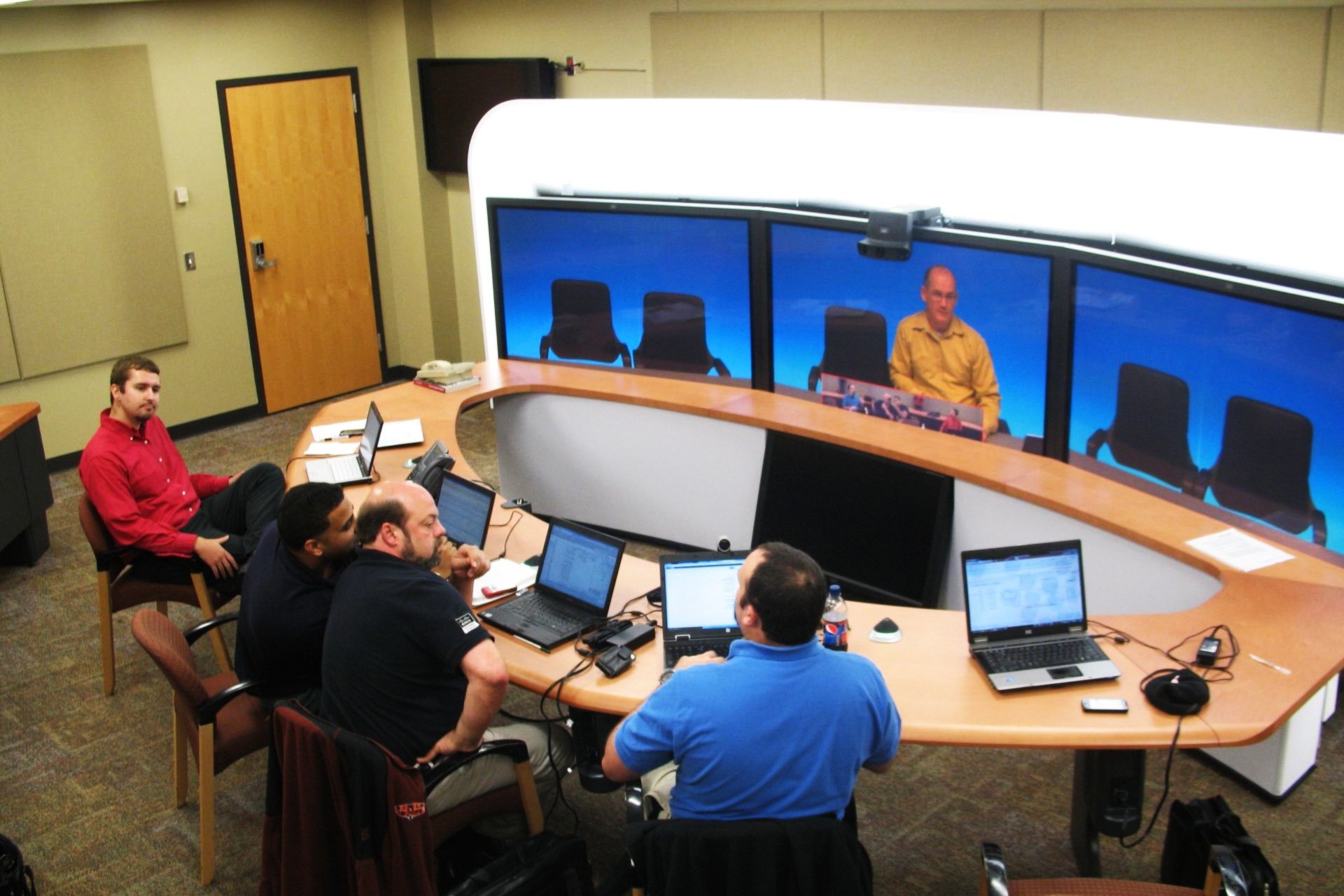
Telepresence technology is changing how we connect, work, and even learn. Imagine attending a meeting or class without leaving your home. Telepresence makes this possible by using advanced video and audio systems to create a lifelike experience. It's not just for business; doctors use it for remote consultations, and families use it to stay in touch. This tech is more than just video calls; it aims to make you feel like you're in the same room as others. Curious about how it works or its benefits? Telepresence is here to bridge distances and bring people closer together.
What is Telepresence?
Telepresence refers to technology that allows a person to feel as if they are present in a location other than their true location. This can be achieved through various means, such as video conferencing, virtual reality, or robotic avatars. Let's dive into some fascinating facts about telepresence.
-
Telepresence Origins: The term "telepresence" was coined by Marvin Minsky in 1980. He envisioned a future where people could interact with remote environments as if they were physically there.
-
NASA's Use: NASA has been using telepresence technology for decades to control rovers on Mars and other celestial bodies. This allows scientists to explore distant planets without leaving Earth.
-
Medical Applications: Surgeons use telepresence to perform remote surgeries. This technology allows specialists to operate on patients in different parts of the world without being physically present.
Telepresence in Business
Businesses have embraced telepresence to enhance communication and collaboration. Here are some ways telepresence is transforming the corporate world.
-
Virtual Meetings: Companies use telepresence for virtual meetings, reducing the need for travel and saving time and money.
-
Remote Work: Telepresence enables employees to work from anywhere, increasing flexibility and work-life balance.
-
Training and Development: Businesses use telepresence for training sessions, allowing employees to learn new skills without leaving their desks.
Telepresence in Education
Education has seen significant benefits from telepresence technology. It opens up new possibilities for learning and collaboration.
-
Virtual Classrooms: Telepresence allows students to attend classes remotely, making education accessible to those in remote areas.
-
Guest Lectures: Schools and universities can invite guest lecturers from around the world to speak to students without the need for travel.
-
Collaborative Projects: Students from different parts of the world can work together on projects, fostering global collaboration and understanding.
Telepresence in Entertainment
The entertainment industry has also found innovative ways to use telepresence technology. Here are some examples.
-
Virtual Concerts: Musicians can perform live concerts for audiences around the world using telepresence technology.
-
Interactive Experiences: Theme parks and museums use telepresence to create interactive experiences for visitors.
-
Gaming: Virtual reality games use telepresence to immerse players in virtual worlds, making the gaming experience more realistic.
Telepresence in Healthcare
Healthcare has greatly benefited from telepresence technology, improving patient care and access to medical services.
-
Telemedicine: Patients can consult with doctors remotely, reducing the need for in-person visits and making healthcare more accessible.
-
Remote Monitoring: Telepresence allows doctors to monitor patients' health remotely, providing timely interventions when needed.
-
Mental Health: Therapists use telepresence to conduct remote therapy sessions, making mental health services more accessible.
Telepresence in Robotics
Robotics and telepresence go hand in hand, enabling humans to control robots remotely for various applications.
-
Search and Rescue: Telepresence robots are used in search and rescue missions, allowing operators to navigate dangerous environments without risking human lives.
-
Industrial Applications: Factories use telepresence robots to perform tasks in hazardous environments, improving worker safety.
-
Space Exploration: Telepresence robots are used in space exploration to perform tasks that are too dangerous or difficult for humans.
Telepresence in Everyday Life
Telepresence technology is becoming more integrated into our daily lives, offering new ways to connect and interact.
-
Virtual Family Gatherings: Families use telepresence to stay connected, especially during times when physical gatherings are not possible.
-
Remote Shopping: Shoppers can use telepresence to explore stores and make purchases without leaving their homes.
-
Home Security: Telepresence technology is used in home security systems, allowing homeowners to monitor their property remotely.
Future of Telepresence
The future of telepresence holds exciting possibilities as technology continues to advance.
-
Haptic Feedback: Future telepresence systems may include haptic feedback, allowing users to feel physical sensations from remote environments.
-
Augmented Reality: Combining telepresence with augmented reality could create even more immersive experiences.
-
AI Integration: Artificial intelligence could enhance telepresence by providing more intuitive and responsive interactions.
-
Environmental Impact: Telepresence could reduce the need for travel, lowering carbon emissions and helping combat climate change.
-
Global Collaboration: Telepresence will continue to break down geographical barriers, fostering global collaboration and understanding.
The Future of Telepresence
Telepresence is changing how we connect. From virtual meetings to remote surgeries, it’s making the world smaller. Businesses save time and money, while doctors reach patients in remote areas. Schools use it for virtual field trips, giving students experiences they’d never have otherwise.
As technology improves, telepresence will become even more immersive. Imagine feeling like you’re in the same room as someone thousands of miles away. That’s the future we’re heading towards.
But it’s not just about convenience. Telepresence can reduce our carbon footprint by cutting down on travel. It’s a win for the environment too.
So, whether you’re a business leader, a teacher, or just someone who loves tech, telepresence offers something exciting. Keep an eye on this space—it’s only going to get better.
Was this page helpful?
Our commitment to delivering trustworthy and engaging content is at the heart of what we do. Each fact on our site is contributed by real users like you, bringing a wealth of diverse insights and information. To ensure the highest standards of accuracy and reliability, our dedicated editors meticulously review each submission. This process guarantees that the facts we share are not only fascinating but also credible. Trust in our commitment to quality and authenticity as you explore and learn with us.
